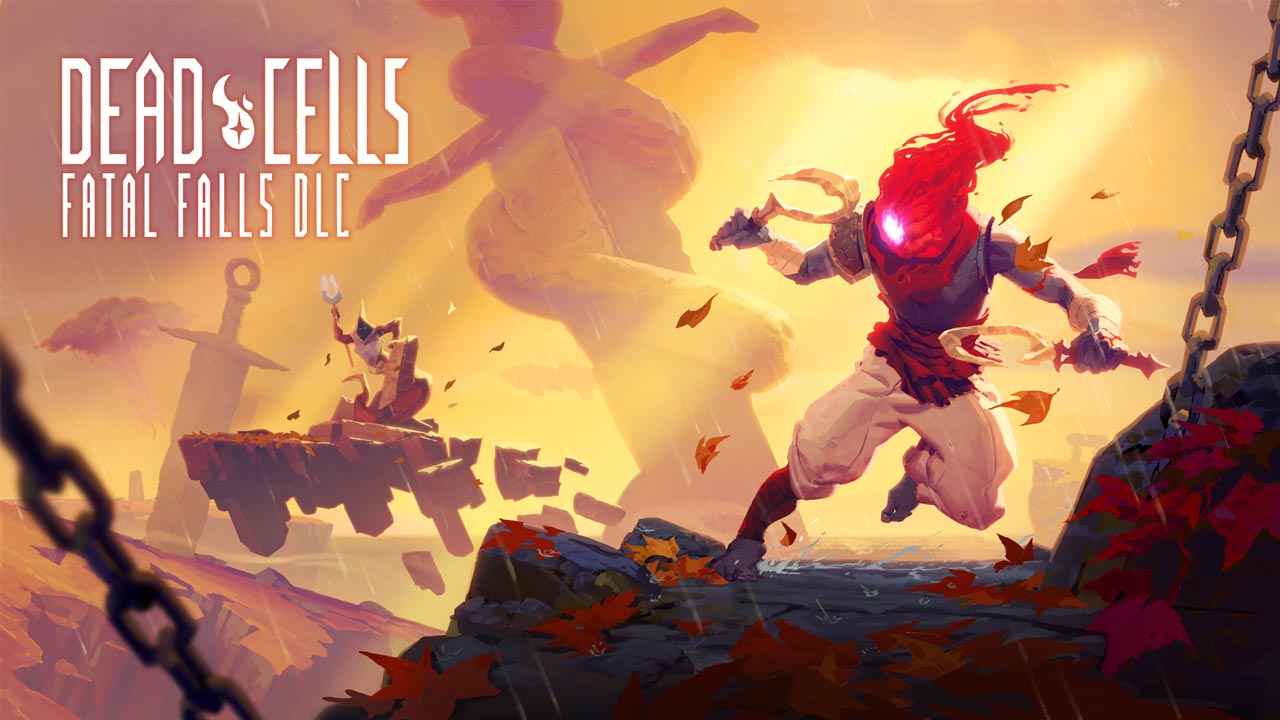An extensive guide exploring various techniques to manipulate the functionality of Flint Tech and push its limits.
What Capabilities Does This Tech Offer?
Greetings! In a nutshell, this technology enables you to move in any direction while charging the flint, effectively doubling your damage output. To delve into further detail, this tech allows you to traverse the map while maintaining a charged flint. By employing specific movement techniques, you can reduce the duration of certain attack animations, resulting in faster attacks. Consequently, you can charge the flint in one area and unleash its power in another without worrying about being vulnerable to enemy attacks.
It’s important to note that I don’t claim to be the originator of all these techniques. While some aspects of this tech were previously discovered, the majority of the information presented in this guide has either not been documented before or remained undiscovered.
Fundamentals You Need to Know
The game’s attempt to restrict movement while holding down an attack for the flint is flawed, and that’s precisely why this guide exists.
While holding down an attack, it is still possible to input a jump or a roll, which the game will momentarily attempt to execute before realizing that movement is not allowed. During this brief period, your character will move slightly, and the game momentarily forgets that you were holding down the attack. However, the game quickly corrects itself before you can execute an attack.
As a result, when you jump or roll while holding down an attack, you will perform the initial frames of the input before abruptly stopping. Additionally, the game briefly releases the charge on your flint but quickly corrects it once your input ceases. Interestingly, even though your flint remains fully charged, the game continues to display the charging animation once the input sequence is completed.
Most of the techniques described in this guide are built upon exploiting this behavior, showcasing the extensive possibilities that can arise from this quirk in the game mechanics.
Basic Movement
While maintaining a charged attack, you have the ability to input either a jump or a roll, allowing you to move in the direction you desire. Presently, the most efficient method of locomotion is achieved by executing jumps in the desired direction.
Hangtime Jump Spam
The game features a hidden mechanic referred to as “Hangtime.” When performing mid-air attacks with most weapons, your character will momentarily suspend in mid-air while executing the attack, eventually descending to the ground after a specific duration. The length of this hangtime varies for each weapon and is likely a crucial factor contributing to the functionality of this particular technique.
By repeatedly executing jumps while holding a charged attack, you can sustain upward movement and remain suspended in the air for approximately one second upon reaching the highest point of your regular jump.
Platform Drop
When you have a charged attack ready, you can descend through platforms in the usual manner. There isn’t much complexity or intricacy involved in this particular aspect.
Rope Climb
When you have a charged attack, you have the ability to ascend chains, ladders, and pipes by holding the upward direction and continuously pressing the jump button. The process involves a specific sequence: upon the first jump, you detach from the chain and start descending. However, with the second jump, you reattach to the chain, suspending yourself until another jump is executed. While spamming the jump button may not be the most optimal technique, it is the simplest and the one I suggest for ease of use.
Double-Jump-Jump-Spam
The double-jump-jump-spam technique is a variation of the hangtime jump spam that enables you to execute a double jump. Essentially, both techniques share a similar principle: rapidly pressing the jump button results in upward movement. However, the key distinction lies in the requirement to hold down the jump button for a longer duration in order to achieve a higher jump. The simplest way to accomplish this is by alternating between two jump keys while continuously spamming the jump command.
Edge Grab
Even while maintaining a charged attack, you retain the ability to grab onto walls and ascend them if you are within the typical range. However, instead of presenting an animation for the edge grab, the game swiftly propels you onto the ledge you are gripping, granting an instantaneous boost. Importantly, this rapid boost does not affect your charged attack, and you maintain the charge as you reach the top of the ledge.
Wall Climb
Scaling vertical walls while holding a charged attack is indeed possible, although the input requirements are quite specific and differ from the usual inputs for wall climbing. This technique can be performed indefinitely, similar to a regular wall climb. The step-by-step process for executing a wall climb with a charged attack is as follows:
- Position yourself against the wall, ensuring that you continuously hold the directional input that moves you towards the wall.
- Quickly execute two consecutive jumps. If performed correctly, you will observe your character leaving a trail and ascending the wall.
- Once your upward movement on the wall ceases, roll towards the wall. This action will propel you further up the wall.
- Repeat the above steps until you reach your desired destination (victory is achieved by performing an edge grab at the top of the wall).
Wall Hang
Following a wall climb, there is a period of approximately 2 seconds where you remain suspended on the wall before descending to the ground. However, by executing a roll just as you start descending, it interrupts your fall and suspends you midair once again. This action can be repetitively chained, allowing you to prolong your time in the air for an extended duration. Consequently, you can maintain aerial maneuverability and stay airborne for a considerable period of time by effectively timing and executing rolls during the descent phase.
Attack Roll Spam
By continuously alternating between attack and roll inputs, you can significantly decrease the duration of your attacks. While I don’t possess detailed knowledge about the underlying mechanics, it likely involves animation canceling. The crucial aspect is that it effectively doubles the speed of your attacks and consequently doubles your damage per second (DPS). This technique is relatively straightforward to execute, but it should be noted that it cannot be applied to charged attacks.
Chained Quick-Charge
This advanced technology enables you to string together fully charged attacks while reducing the attack animation duration. However, it should be noted that this technique is highly challenging and requires extremely precise timing of inputs. While holding down the attack button, executing a quick jump followed by an immediate roll provides enough animation frames for the attack to trigger. When the game corrects itself, it skips the attack animation and automatically initiates the charging process again. As a result of performing the attack, you will need to wait for the charge to replenish. By successfully chaining these charged attacks, you can achieve a speed comparable to that of regular attacks.
It is essential to master the precise timing involved in this technique. Jumping too early will result in an uncharged attack while rolling too early or too late will cause no attack to be performed. Holding the jump button for an excessive duration will lead to a charged attack without leaving a trail.
Given the difficulty of mastering this technique, I strongly recommend dedicating ample practice time to refine your execution.
Quick FAQ
Welcome to the FAQ section of this guide. Here are the answers to some commonly asked questions:
Question: Is there any practical use for this tech?
Answer: Absolutely. This tech offers several practical advantages. Firstly, it eliminates the risk associated with performing charged attacks since you can charge them from a safe distance and then move into range. Additionally, the tech allows you to bypass slow animations due to the way the edge grab mechanic works. Moreover, it enhances your DPS (damage per second) and attack speed, making it beneficial for both boss fights and traversing different biomes.
Question: Are there any undisclosed tech or secrets that you haven’t shared?
Answer: Yes, there are several other discoveries I’ve made. However, I haven’t been able to reliably replicate or explain them, so I can’t provide detailed information about them. For example, I’ve observed that it’s possible to perform a charged attack simultaneously with an edge grab, but I haven’t determined the exact cause of this occurrence. Additionally, I believe that it’s theoretically possible to execute attacks with each jump, although it seems to rely on random chance.
Question: Does this tech make the flint a good weapon?
Answer: I have a personal fondness for the flint, so I may be biased. Let’s just say I enjoy using it.
Question: I’ve followed the instructions, but it’s not working. What am I doing wrong?
Answer: It’s possible that you need to practice and improve your skills to execute the technique correctly. Keep trying and refining your timing and inputs.
Question: Is the flint your favorite weapon?
Answer: No, my favorite weapon is the candlestick, which was introduced in the Castlevania DLC.
Please note that the answers provided are for entertainment purposes only and may not reflect the author’s actual opinions.



